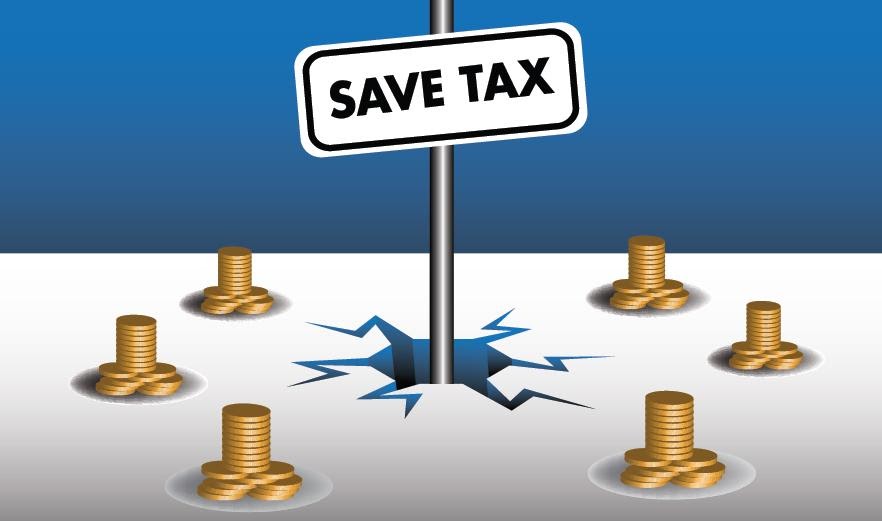Investment in mutual funds can be an excellent way to grow wealth, yet choosing the ideal one for your goals can be daunting. Balanced advantage funds provide investors looking for both equity and debt exposure a solid option. This article will guide you in selecting an appropriate balanced advantage fund based on your investment horizon based on your goals.
What are balanced advantage funds?
Balanced advantage funds invest in a mix of equity and debt instruments to strike a balance between risk and reward. They dynamically adjust their allocation based on market conditions in order to optimize returns while mitigating risks, making these funds ideal if you’re seeking one investment vehicle that combines growth potential via equities with stability via debt instruments.
What to consider when choosing a balanced advantage fund?
- Investment horizon
Your investment horizon refers to the period for which you intend to remain invested in a fund. It plays a pivotal role in selecting an ideal balanced advantage fund; here’s how:
Short-term horizon (1-3 years)
If your investment horizon is between one and three years, capital preservation should take precedence over high returns. Balanced advantage funds that offer greater exposure to debt instruments with more conservative investment approaches are ideal. Look for funds with a lower standard deviation, which indicates lower volatility, and prioritize stability over aggressive growth.
Medium-term horizon (3-5 years)
Over 3-5 years, investors with medium-term investment horizons can afford to take more risk in exchange for higher returns. In this case, choose balanced advantage funds that have a more dynamic approach to asset allocation. These funds will invest more in equities when market conditions are favourable and switch to debt instruments during volatile periods. Mutual fund comparison tools can help you identify funds that exhibit this dynamic asset allocation approach and have a track record of delivering consistent returns over similar investment horizons.
Long-term horizon (5 years or more)
For a long-term investment horizon, you can opt for balanced advantage funds that have a higher allocation to equities. These funds have the potential to deliver higher returns over the long term, as equities tend to outperform debt instruments in the long run. However, ensure that the fund’s investment approach aligns with your risk tolerance and that the fund manager has a proven track record of managing the equity-debt balance effectively.
- Fund performance
Analyzing the performance of balanced funds before investing is of utmost importance. Compare their historical returns against benchmark indices and category averages. But be mindful that past performance cannot guarantee future returns, yet an impressive track record over various market cycles may demonstrate how effectively their manager navigated such conditions.
- Expense ratio
An expense ratio is an annual fee charged by fund houses to manage your investments, with lower expense ratios typically leading to greater long-term returns. When comparing funds, consider both performance and expense ratios when making your decision; don’t sacrifice either for one another.
Conclusion
Finding the ideal balanced advantage fund depends on evaluating factors like its investment approach, performance and expense ratio. Taking time to investigate and compare different funds before making your selection will enable you to make an informed decision that aligns with your financial goals.













Comments